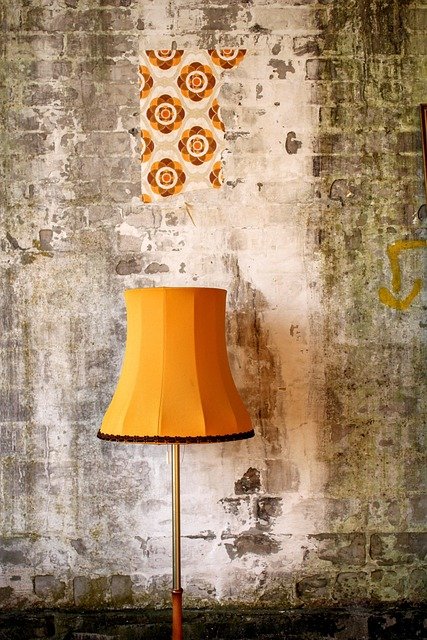Undertones explained: avoiding mismatched shades
Undertones determine whether a color complements your room or feels unexpectedly off. This concise overview explains how to spot undertones, use swatches and sampling, and coordinate hues, palettes, and finishes so colors behave predictably in different lighting and textures.

Undertones are the subtle color notes beneath a paint’s apparent hue that can turn an otherwise suitable shade into a mismatched choice once it’s on the wall. Unlike the main color name on a chip, undertones reveal themselves in relation to light, surrounding materials, and adjacent colors. Learning to read undertones using swatches and sampling, and accounting for finishes, textures, and lighting, prevents surprises and helps you assemble palettes and schemes that feel cohesive in everyday use.
What are undertones and why they matter
Undertones are the underlying hints of color—blue, green, pink, yellow, or gray—that influence how a paint reads in context. A neutral labeled “taupe” may pull peachy in warm light or lean green near cool cabinetry. Recognizing undertones lets you predict compatibility with wood, tile, fabric, and metal finishes. When undertones align across materials, contrast and accents read intentional; when they clash, even carefully chosen shades can appear mismatched.
How swatches and sampling reveal undertones
Swatches give a quick reference, but sampling is essential. Paint a 12-by-12-inch board with two coats and view it on different walls and at different times of day. Move the board near textiles and trim to see tonal interactions. Sampling helps you detect how small variations in tint or shade expose undertones that a tiny chip hides. Multiple swatches arranged side by side clarify how similar hues will perform together in your real space.
Hues, palettes, shades, and tints in practical use
When building a palette, group colors by shared undertone families to avoid jarring mixes. Hues shifted through tints (lighter mixes) or shades (darker mixes) may reveal previously hidden undertones; a pale tint often reads warmer, a deep shade may look cooler. Use one neutral with a subtle undertone as a bridge between a dominant hue and your accent choices to maintain balance without flattening contrast.
How finishes, textures, and maintenance affect perception
Finishes change how undertones appear: matte and flat surfaces diffuse light and soften undertones, while satin or semi-gloss can intensify them by reflecting more light. Textured walls cast micro-shadows that can deepen perceived color; smooth walls show undertones more uniformly. Consider durability and maintenance—higher-sheen options resist staining and are easier to clean in high-traffic rooms, but they may amplify undertones in ways that affect long-term cohesion.
Lighting, contrast, and creating a cohesive scheme
Lighting shifts undertones dramatically. North-facing rooms and cool artificial light emphasize blue or gray undertones; south-facing spaces and warm bulbs bring out yellow or golden notes. Contrast between walls and trim or accent walls should be planned with undertones in mind so highlights and shadows don’t expose clashes. Test colors at different times and with your actual lighting to ensure the scheme reads as intended in varied conditions.
Accent choices, sampling strategy, durability, and upkeep
Choose accents—pillows, rugs, hardware—with matching or intentionally contrasting undertones to reinforce your design. Sampling should include small sections painted next to key elements like flooring and countertops. Consider durability: scrubbable, durable paints are better for kitchens and hallways, and consistent maintenance like spot cleaning and periodic touch-ups preserves the color relationships you aimed for. Proper care ensures undertones continue to support the room’s overall palette over time.
Conclusion Understanding undertones reduces the risk of mismatched shades and helps you create palettes that feel deliberate and harmonious. Use swatches and thorough sampling, evaluate finishes and textures, and test colors under the room’s real lighting. Plan accents and contrast with shared undertone qualities, and choose durable finishes that suit the space’s maintenance needs so your chosen colors remain consistent and pleasing long term.





